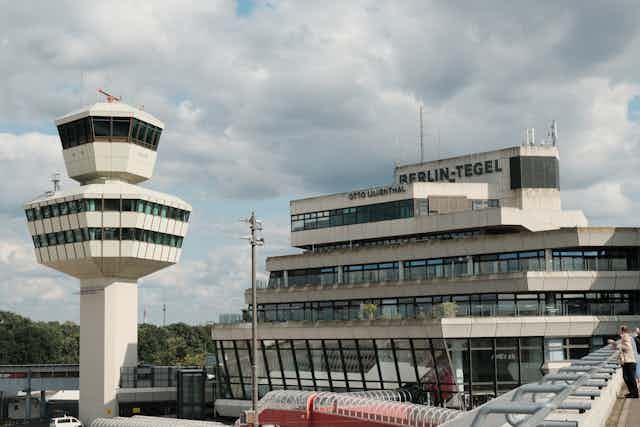As analysts feverishly assess the implications of Germany’s new, 709-member Bundestag, more than 1.7m voters in Berlin also ponder the results of a hotly-contested referendum on the future of Tegel airport.
Current law requires Tegel be closed when the new, under-construction Berlin-Brandenburg International opens. But, in a blow to city authority plans, the results of a September 24 non-binding referendum showed that the majority of Berliners want to keep Tegel open.
Although almost all major capital cities have more than one international airport, there is no one-size-fits-all approach to the correct configuration. Each city has its own politics, policy and needs.
Berlin does not have the same demand for air passenger and air cargo services as many of its counterparts such as London, New York and Sydney. It is not the financial centre (Frankfurt is), nor located in the manufacturing heartland (that’s Bavaria), nor is it a major port city (like Hamburg).
What makes Berlin a particularly interesting case is that the background of the city’s airport expansion plans include such machinations and intrigue as: the resignation of a city mayor, allegations of a “whistleblower poisoning” and question marks over Germany’s reputation for efficiency, and a much-loved, iconic airfield in the city centre that is steeped in history.
Airport politics
Berlin has four airports, but only two are operational. The iconic Tempelhof closed in October 2008 after another controversial referendum where the majority voted to keep it open but there were too few to make the result binding. It featured prominently in the Berlin Airlift – which transported crucial supplies in and out of the city during a Soviet blockade – and now remains as a popular park on the southern side of the city.

Brandenburg is the newest airport on the scene, but despite building commencing in 2006 for a 2011 opening, it is still not yet up and running. Its budget has since doubled to €6 billion.
This leaves Schoenefeld and Tegel as the city’s only two functioning airports. Both have a legion of issues, partly related to their old age and design. The plan was to close them on a phased basis, leaving Berlin with one major hub, Berlin-Brandenburg (which is owned by the city of Berlin, the State of Brandenburg and the Federal Government). Complications arose, however, on three fronts.
First, Brandenburg became embroiled in numerous controversies, including massive budget over-runs, technical problems, court cases and claims of corruption against construction firms – even accusations that an engineer working on the construction had his coffee poisoned when he was alleging bribes to officials.
Second, passenger and cargo demand has grown so strongly that the capacity of the new airport to meet it has been called into question.
And third, Berliners have not not taken to the idea of losing Tegel, making it more difficult for city authorities to proceed without caution.
Tug of love
Tegel sprang up in just 90 days to support the Berlin Airlift. Its impressive concrete hexagonal terminal was built in the 1970s in a vision of the future that is not just architecturally impressive, but highly convenient for business travellers. As well as its central location, taxis can drive directly up to departure gates.
Fans of Tegel also argued that the new airport would not have the capacity to meet the city’s needs. It only has a capacity of 27m but Tegel and Schoenefeld had 33m passengers pass through their gates last year.
Critics of Tegel, meanwhile, point to the noise pollution (300,000 people live in its environs), safety and security threats, and high operating costs. Closing it would avoid potential lawsuits for environmental damage and falling property prices.
It would also allow more funds to be diverted to the new airport. Renovation costs to bring Tegel up to the required standards have been estimated at €1 billion. The site could then be used to develop new housing, an IT start-up park, and a science university – with the new uses at Tempelhof being used to demonstrate the potential benefits for the city.
Considering Tegel scores so negatively on safety, security, environmental, and economics grounds, alongside the fact that there is not such a big need in Berlin to have more than one international airport, it’s clear why authorities are keen to close it. And there’s a certain deja vu about the direction that Tegel is going – there was a residents’ petition to keep Tempelhof open, a non-binding referendum which voted in favour of saving the airport, and several attempts to reverse court decisions, but still it closed.
As the law currently stands, Tegel must close after Brandenburg opens and it’s difficult to see any other outcome. Berlin can’t escape the need for an airport that’s fit for purpose in the 21st century. Although it may be a while yet, it seems inevitable that Berlin-Brandenburg will be Berlin’s sole airport … one day.

